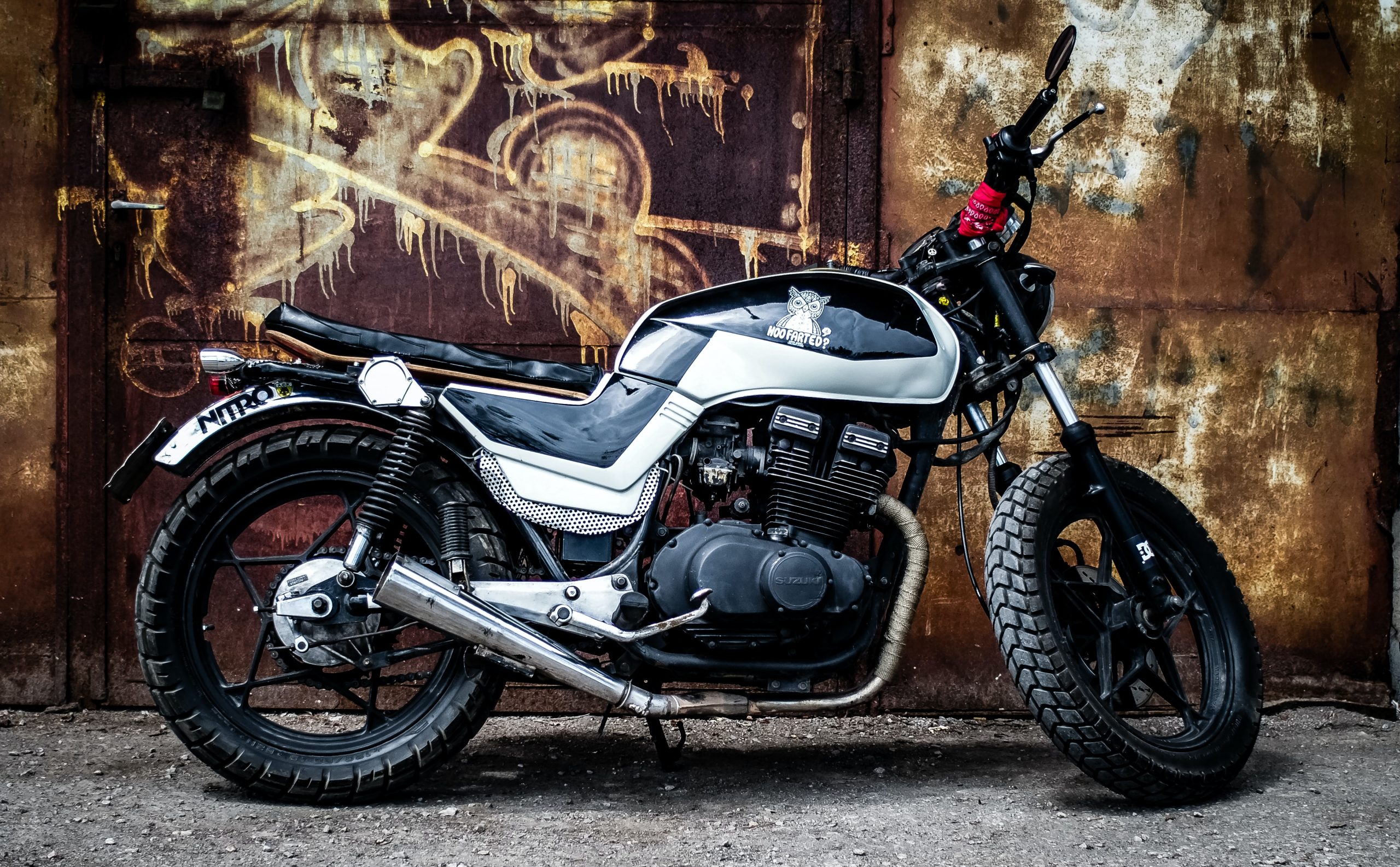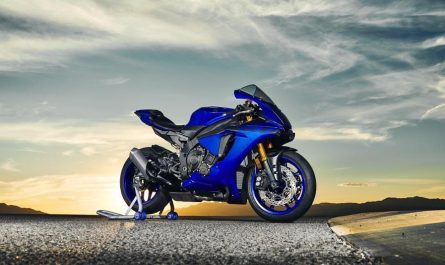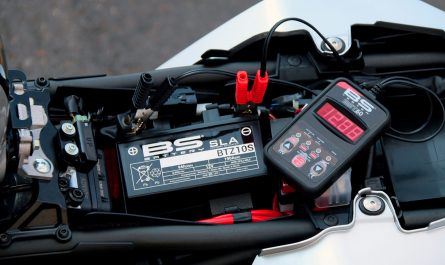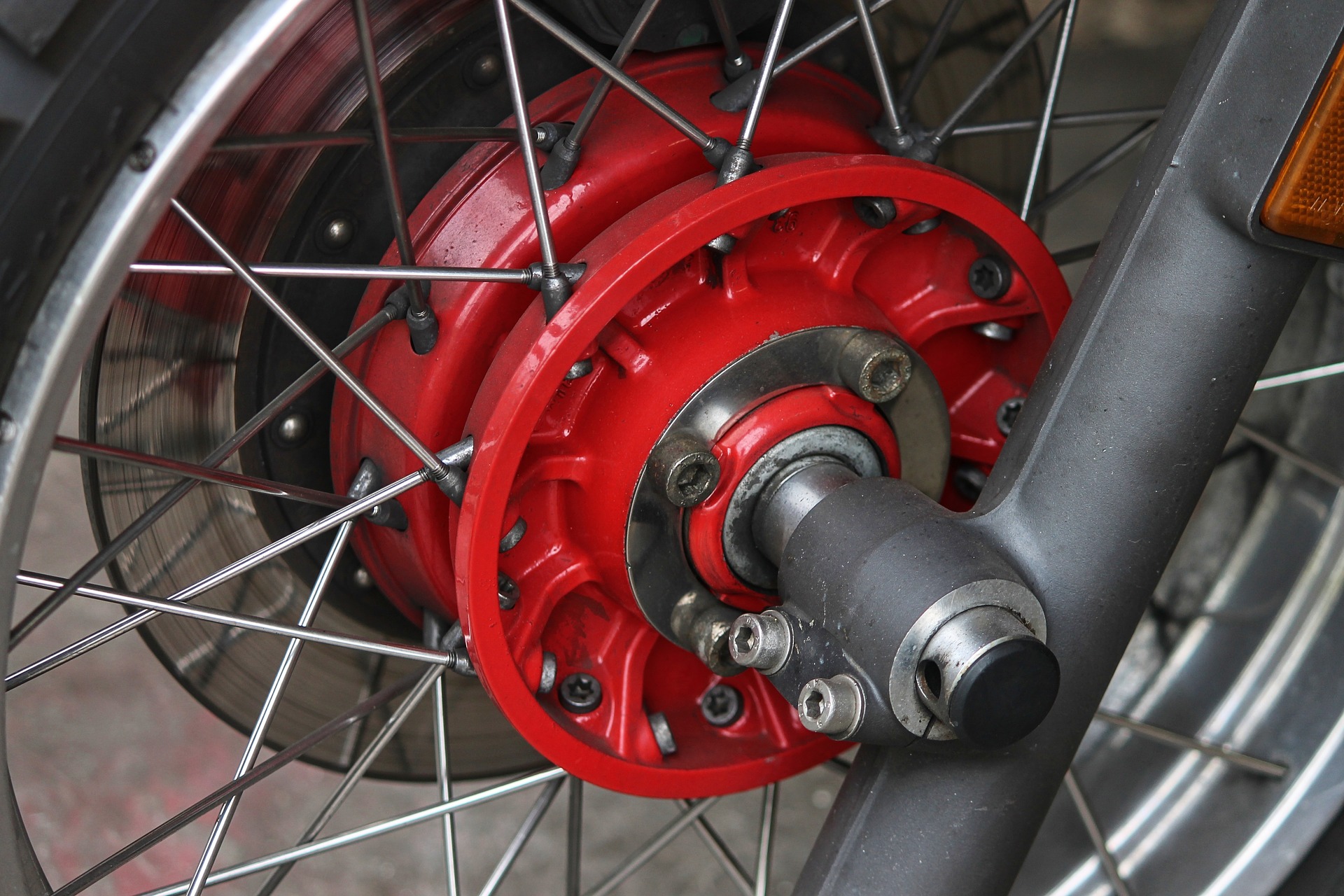There are few things more disappointing than getting ready to ride and realizing that your motorcycle won't start. The engine runs, but nothing happens except that your level of frustration increases. Before you decide to ditch your motorcycle, you can try to troubleshoot it to see what the real problem is.
Unless you have one of these new motorcycles Fully electric, your motorcycle needs three main elements to run: spark, air / fuel mixture and compression. Your motorcycle will perform poorly or not start at all without the correct amounts of any of these. You can break these down and troubleshoot each of them until you find the reason why your motorcycle won't start. You will find below some causes the failure of your motorcycle to start and basic tips you can follow to start your motorcycle and restart it.
The Battery is discharged
This is the easiest problem to diagnose and is probably the most common reason a motorcycle won't start.
Depending on your battery charge level, if there is some voltage left, you may be able to turn the key and turn on your turn signal, but the frequency will get slower and slower. If your battery is completely discharged, your motorcycle will not make any noise when you try to start it.
How to fix it : Take a multimeter and put it on the 20 volts DC setting. Connect the wires to the two battery terminals (if you read a negative number, it means you just need to reverse the wires on the battery terminals).
If the reading shows a voltage near or slightly below 12 volts, recharge your battery and try restarting your motorcycle.
If the number shown is really low, say 9 volts or less, your battery is pretty much burnt out and you will need to buy a new one.
If you continue to see problems with your battery losing voltage, try using a battery charger that can charge your battery when you're not using it.
Cables are disconnected
If you think something other than the battery is the cause of the problem, especially if you just swapped out the battery for a new one, it is also worth examining your battery connection cables. It is possible that the wiring of your new battery is incorrect, implying that your cranking problem will be quickly resolved once you tighten the cables to the terminals.
Loose spark plug wire is nothing new to bikers ; it can happen because of the shaking or be a prank. You don't need a mechanic to fix this problem. Just unplug and re-plug the connectors and try to restart the motorcycle.
Generally speaking, the solution to this problem is simple: It consists of checking the electrical connectors to make sure everything is plugged in properly. Electrical issues are often overlooked by riders because they aren't always visible, but manually checking the connectors can help you spot a problem that wouldn't show up otherwise.
The carburetor is dirty
Deposits and dirt can build up in your fuel system. Over time, the build-up increases and can easily block the fuel passages. If you don't use a fuel filter, your carburetor will quickly be clogged.
How to detect the problem: There is a way to tell if a dirty or faulty carburetor is your problem. If you have an electric starter, remove your fuel plug, start, and squirt gasoline directly into your carburetor. If it starts and revs for a few seconds, it means your carburetor is dirty.
How to cure it : you will need to thoroughly clean your carburetor. To do this, you will have to remove the gasoline plug and then detach the carburetor from the engine of your motorcycle. Remember to take pictures before taking it apart to remind you how to put it back together. Label the parts with masking tape if you need to.
The best way to clean the carburetor is to put all the parts in an ultrasonic cleaner. When used with the correct solution, the ultrasonic cleaner emits an ultrasound which agitates the solution. This makes it easy to remove fuel build-up and dirt that has built up in hard-to-reach places.
If the use of an ultrasonic cleaner is not an option, it is possible to clean it by hand, although it is not as thorough as with an ultrasonic cleaner. You can soak it in hot soapy water and then rinse it. Make sure you look through the jet holes and make sure there is no blockage; any blockage will cause your motorcycle to perform poorly.
The fuses are blown
How to know when the fuse is blown: The motorcycle will look perfectly normal to you when you try to start it, but it will keep spinning without giving any result. You can even try to spray the gasoline into the carburetor, but that won't change anything because the fuse cannot send a spark to the spark plug to make it light.
How to fix it: There is only one fuse that can affect the starting of a motorcycle. Each motorcycle usually has a 20 to 50 amp main fuse. It is usually located outside the positive battery lead. Sometimes it is an in-line fuse.
Check the main fuse and see if it's blown. You can tell if the fuse is blown from the black material on the fuse or if the wires inside the fuse are disconnected. Replace the fuse if necessary.
The fuel cock (valve) is closed
If you are new to motorcycling, you might not realize that there is a valve that turns the fuel on or off on the tank. You just need to put it in the open position when you are ready à start the engine, and close it as soon as you are done driving.
It's rare, but gasoline taps can become clogged with debris or mud that has gotten into the tank. For this reason, it is also helpful to remove the fuel hose from the tap to make sure that fuel is coming out of the tank.
Fuel and deteriorated
If the motorcycle has been unused for a while, the fuel may have deteriorated in the tank.
If it has been unused for more than six months, it is better to empty the tank and add fresh fuel.
If your motorcycle has a carburetor, you should also drain all fuel from the carburetor before continuing.
Tip: for prevent fuel from degrading, always keep it in a sealed container. If fuel remains in the motorcycle's tank, it will be exposed à humidity air and there will be evaporation of its volatile components.
Phave enough fuel
When your fuel level dropsit is very difficult to judge its availability using the gauge and this could also be a reason why your motorcycle will not start. At this point, you can use some old school techniques to check if your motorcycle has fuel or not.
One of the easiest ways is to gently shake your motorcycle while it is on the main stand and wait to hear the sound of fuel remaining in the tank, if there is any. You can also check the amount of fuel remaining using the flashlight on your mobile phone.
La motorbike is too cold
Gasoline does not fully evaporate when mixed with air in cold weather and therefore does not burn properly.
Sometimes ice builds up in the carburetor, preventing the air-fuel mixture from passing through some of its parts. It is easier for the gas to ignite when the engine is at an ideal temperature.
This only applies to motorcycles equipped with a carburetor and generally does not apply to motorcycles equipped with a fuel injection system. Your motorcycle will look like it wants to start, but the sounds of the engine rotating will probably be a little slower than normal
How to correct the problem: If possible, take your motorcycle to a garage or shed that has a power outlet. You will need to plug in a backup heater and blow it directly into your engine and carburetor for at least 20 minutes. This will not fully warm up your engine, but will warm it up enough to start it. If possible, always cover your motorcycle and / or store it somewhere indoors to protect it from the elements.
The spark plugs are damageds
A spark plug can deteriorate in a number of ways. It can crack either in falling to the ground before installation, either simply by aging, due to extreme heat etc., ...
Symptoms of bad spark plugs: When a spark plug is about to fail, the motorcycle is malfunctioning, sounds louder than normal. Eventually, when a spark plug has completely exhausted, your motorcycle will attempt to turn but simply will not turn on.
Also, if you have no idea when they were last modified, it can be a good indication that they are spent.
How to fix it: Fortunately, it is easy to repair a spark plug; just buy new ones. Spark plugs usually only cost a few dollars each and can be found at any auto store. If you need to replace one spark plug, be sure to replace all the others as well, even if they don't need them. This will make your motorcycle run much easier.
The Spark plug wires are cracked
La constant heat eventually wears down the rubber / plastic that your threads are made of over time. Other extreme weather conditions will accelerate this process.
Symptoms of cracked spark plug wires: It suffices to carry out a visual inspection. Bend and move the wires of the candle; watch out for any cracks or crevices in the plastic. While the repair is straightforward, a cracked spark plug wire can be potentially dangerous if touched while the motorcycle is in motion. The spark could cause severe burns.
How to fix it : just replace the spark plug wire. If you notice that a wire is getting brittle, it is a good idea to replace all the other wires in the spark plug while you are at it, as there is a good chance that they will break as quickly as possible.
Le engine is seized
Putting it in neutral and not being able to move could mean your engine is seized up or the transmission is faulty.
The causes : the most common reasons a motorcycle engine seizes up is lack of lubrication. The second reason is due to used or dirty oil. The third most common reason is due to rust and dirt build-up in the cylinder walls, due to a long period of use.
How to fix it: There are several ways to fix a seized engine, but unless you know absolutely what you are doing, I recommend that you take your motorcycle to a workshop for repair, or at least find out the exact reason for the stuck. Repairing a seized engine can be very difficult, depending on the severity of the situation, and you may cause other problems when tinkering with it.




